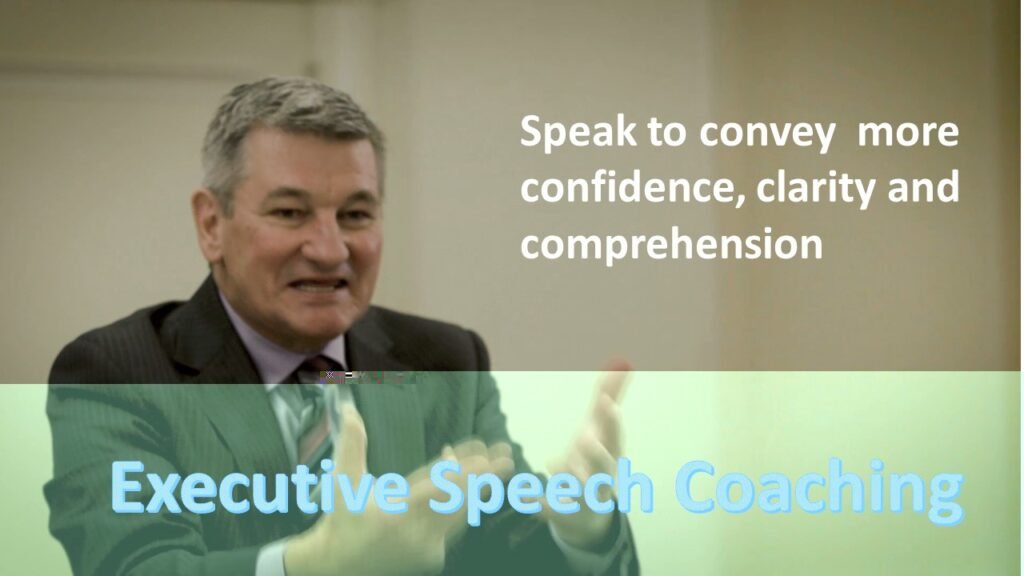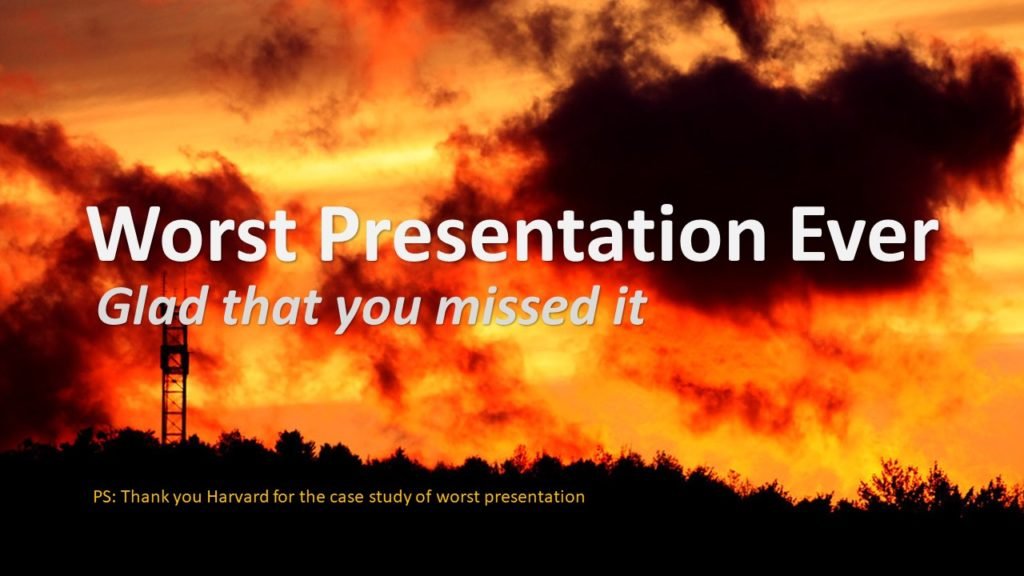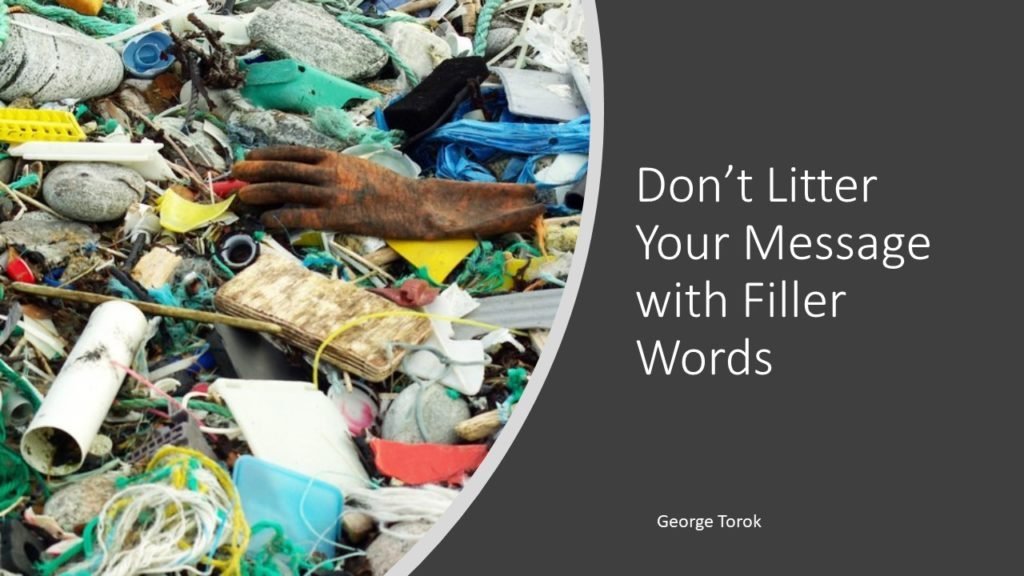How to Choose Your Executive Speech Coach

When you are looking for an executive speech coach, how do you evaluate your choices? How can you choose the coach that is right for you? Like communication, it’s an imperfect process. Yet, there are principles that you can follow to help you make a better choice.
What is the Divide between Your Intended Message and Your Unintended Message?

So perhaps the first reason why your intended message doesn’t get across is maybe you simply failed to clarify your message before sending clarify your message before you start speaking. And that might mean pausing and thinking before you speak.
Worst Presentation Ever: Silly Phrases pt 3

What can you learn from the worst presentation? There is no Perfect Presentation. The goal is to deliver an effective presentation. An effective presentation is one that informs and moves the audience. As a presenter you can learn from the techniques of effective presenters. What did they do that worked well and you might be able to use in your presentations?
Worst Presentation Ever: Part Two: Clear?

We Can’t Hear You. The next flaw was that we didn’t hear or understand many of his words. Why? He mumbled often. Mumbling is a sign of incomplete thoughts and the lack of editing your words for a clear message.
His voice often trailed off at the end of his sentences. That’s a common mistake made when a speaker is thinking about their next thought instead of finishing the current thought. He wore a lapel microphone and often turned his face away from the mic which meant that his voice faded. That’s a mistake made by novice speakers. He didn’t know how to use a microphone.
What are the Three Communication Channels you Must Use?

The three main communication channels are processed by distinct areas within the brain. By using these channels correctly you leverage the different strengths of each channel. These channels are: Words, Voice and Visual.
Do Not Sabotage Your Message with Filler Words

Reread that and see if you can pick out the filler words that steal energy from this speech. Imagine if you used these words in your presentation. What might that do to poison your intended message? Picking out the filler words is the first step to eliminate them. It starts with you becoming aware. Start listening to what you say when you speak…. ah, umm, like so, okay, right, you know…
CEO Speaks Nonsense? What did she really mean?

What happens when your words sabotage your message instead of conveying it? As CEO of your company your words are important. The messages that you deliver in public are evaluated by your investors, staff, suppliers, customers, competitors, marketplace and media. People will judge you and your company by your words. They might misjudge your message. That’s why it’s important to thoughtfully choose your words to convey your intended message.
How to write your presentation in five minutes

When you need to write a presentation, follow these seven steps to create your outline. Organize your message and structure before you start stuffing in content.
How to Find Your Stories

How and where can you find stories to support your messages?
These stories are not the ones you tell to entertain your friends. These are stories to help you reinforce a point.
Tell your stories in conversations, meetings and presentations to be more effective in conveying your messages. You might wonder, “Where can I find my stories?”
The short answer is “All around you.”
Mind Your But

When you use the word “but” while pretending to agree – you send the message that you disagree.
